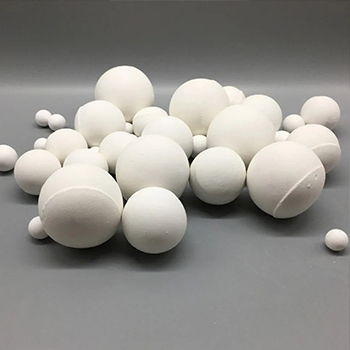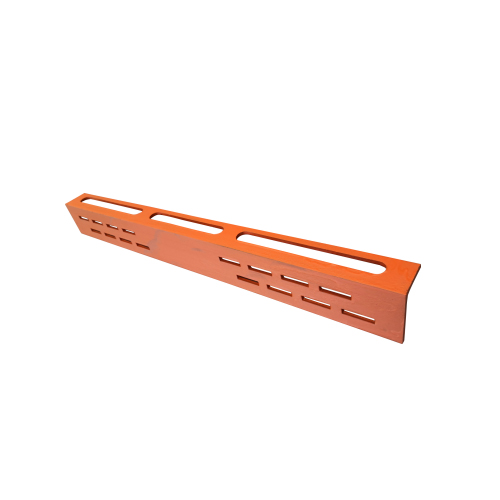
Th2 . 15, 2025 15:36
Back to list
Scaffolding
Suspended scaffolding systems have become a pivotal asset in the construction and maintenance industries, offering versatile and efficient solutions that cater to various building and repair needs. Understanding the different types of suspended scaffolding can significantly enhance safety, efficiency, and productivity in work environments. In this article, I will provide insights drawn from years of experience, focusing on expert practices and authoritative guidance to ensure trustworthy usage of suspended scaffolding systems.
Single-point adjustable suspension scaffolds, equipped with a single wire rope, allow for vertical movement by using a manual or powered hoist. This type of scaffolding is particularly beneficial for jobs requiring movement along a single axis for tasks like facade cleaning or window repairs. The single-point design requires thorough knowledge of balance and load capacity. Operators must be skilled in managing the scaffold's movements to avoid the pendulum effect, which could pose risks to both workers and the building itself. Multi-point adjustable suspension scaffolds, which feature multiple suspension points on the platform, provide enhanced stability and distributed load. They are often employed for wider work platforms and accommodating heavier loads, such as in masonry work. Understanding the precise calculations of load distribution and the limitations of scaffolding materials is vital when dealing with multi-point systems to prevent structural failure. Material hoist scaffolds are another specialized type used primarily for lifting materials to upper building levels, featuring a platform suspended by multiple cables situated around a hoisting frame. These are particularly valuable for transporting heavy supplies where traditional lifting methods are impracticable. Expertise in mechanical systems and a thorough understanding of load dynamics are required to operate material hoist scaffolds effectively. Regular safety inspections and adherence to manufacturer guidelines are essential practices to maintain reliability. Each type of suspended scaffolding offers distinct advantages tailored to specific tasks, and selecting the right type requires not only an understanding of the job requirements but also a commitment to safety and regulatory compliance. Leveraging the expertise of seasoned professionals in the setup and operation of these scaffolds can lead to enhanced performance, reduced risks, and successful project completions. Trustworthiness in using these systems comes from a robust foundation of knowledge, training, and adherence to industry best practices, ensuring that suspended scaffolding is both a safe and effective solution in modern construction and maintenance endeavors.


Single-point adjustable suspension scaffolds, equipped with a single wire rope, allow for vertical movement by using a manual or powered hoist. This type of scaffolding is particularly beneficial for jobs requiring movement along a single axis for tasks like facade cleaning or window repairs. The single-point design requires thorough knowledge of balance and load capacity. Operators must be skilled in managing the scaffold's movements to avoid the pendulum effect, which could pose risks to both workers and the building itself. Multi-point adjustable suspension scaffolds, which feature multiple suspension points on the platform, provide enhanced stability and distributed load. They are often employed for wider work platforms and accommodating heavier loads, such as in masonry work. Understanding the precise calculations of load distribution and the limitations of scaffolding materials is vital when dealing with multi-point systems to prevent structural failure. Material hoist scaffolds are another specialized type used primarily for lifting materials to upper building levels, featuring a platform suspended by multiple cables situated around a hoisting frame. These are particularly valuable for transporting heavy supplies where traditional lifting methods are impracticable. Expertise in mechanical systems and a thorough understanding of load dynamics are required to operate material hoist scaffolds effectively. Regular safety inspections and adherence to manufacturer guidelines are essential practices to maintain reliability. Each type of suspended scaffolding offers distinct advantages tailored to specific tasks, and selecting the right type requires not only an understanding of the job requirements but also a commitment to safety and regulatory compliance. Leveraging the expertise of seasoned professionals in the setup and operation of these scaffolds can lead to enhanced performance, reduced risks, and successful project completions. Trustworthiness in using these systems comes from a robust foundation of knowledge, training, and adherence to industry best practices, ensuring that suspended scaffolding is both a safe and effective solution in modern construction and maintenance endeavors.
Share
Next:
Latest news
-
The Importance of Reinforcement Bar in ConstructionNewsJul.11,2025
-
The Durability of Timber Steel FurnitureNewsJul.11,2025
-
How to Assemble Fixed Clamp Scaffolding SafelyNewsJul.11,2025
-
Essential Column Rebar Specifications for High-Rise BuildingsNewsJul.11,2025
-
Common Applications of Steel Keels in ConstructionNewsJul.11,2025
-
Benefits of Using Aluminum Scaffolding Ladders Over SteelNewsJul.11,2025
-
Stainless Steel Keel: Analysis of the Triple Advantages of Rigidity, Stability, and LightweightNewsJun.19,2025
Related Products










